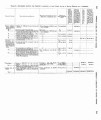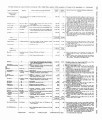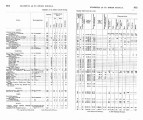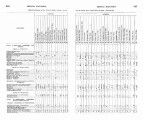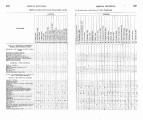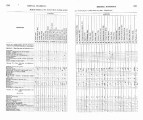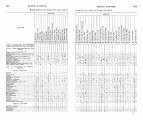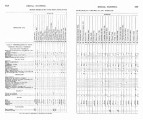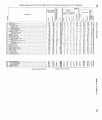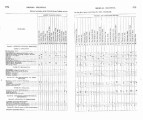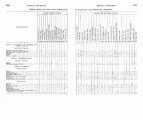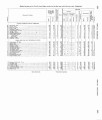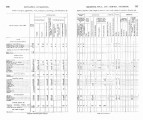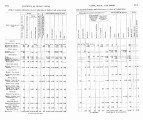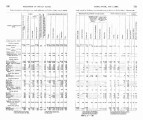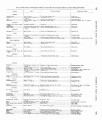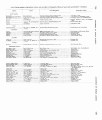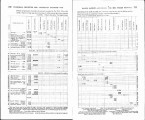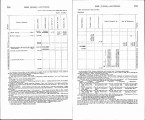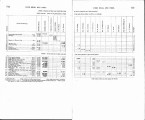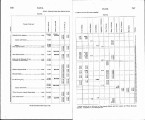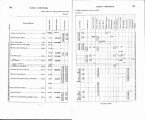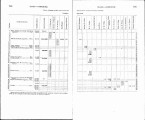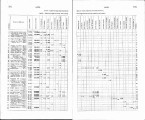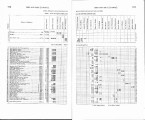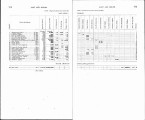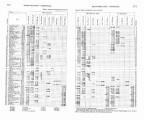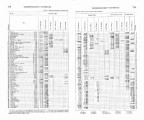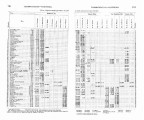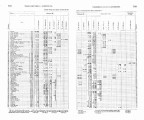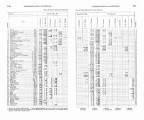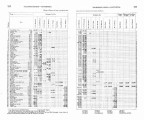| OCR Text |
Show and other indications of industry; and me all appreciate this progress; for progresn it is, if we consider the oonditio~l of the Iodian at the , late period mheu our Governlnent began its industrbl efforts a.nlong them. But if we look back to t,he primitive. condition of the Indians as the first Enropeaus fo~uld tliem, we learn that mauy mere agricnl. tarists of 110 meat1 order. In the early history of Plymontl~, Mass., we read of "a pit of corn buried hy the Indians," h o ~ nw hich the coto. nists mere snpplied in a time of piilching need, an11 that "the friendly Indians" taaght the Pilgri~l~hosw to set corli;" for the 111ilize was a strange grain to oar fathers. The Puritans near Boston mere similarly instrncted, au(l aalso llow to take alewives from *'Alewife Brook," a branch of the Mystic Kiver, near Hafvard College, and plant tl~e~u with the l;ernels of corn in each clrill .to ensich the laud. \Te also read of the Pilgrims sending their shallops to the comt of Maine to bug corn of the Iildians; of the first settlers of Connecticut, in clread of famine, sending from Hartford and m'indsor to Pocumtoclr, now Deerfield, Illass., from mliich place the Indiaus brought them fifty ca.noe loads of corn; of the "~tatelyf ields of maize" on Block Ialand; of the large garl~crs of corn, beans, and pumpkins, ofttimes "a two years' snpply" among the Iroquois ill New Pork, ai~d amolig the Hurons also, n o~. tolf~ the preseut city of Toronto; of the "vast fields of maize" along the river botto~i~osf Ohio raised by the Miami Indians, and of the large crops of grain raised by tbe sedentary Puel~los ill Sen Xexico and the Moqnis in Arizona, industries for which tbey ha\-e bee11 noted from immemorial time, even before the Spaniartl iuvallel tl~ose regions. We hare also read! and to some extent seen ill onr day, evidences of skill iu inanufacture an81 agricul-tnre. Mammoth cabins, SO feet loug, were occnpied by the Iroquois it1 Xew York, and by t l ~ eH nrons near Georgian Bay. They had also palisaded villages. The corninon houses were very different fro111 tbe uloderu tepee, more snbsta~ltial and permanent in charaoter, usually 30 to 35 feet long, while many housesmere larger-Parkrnan says "of proctigious lc?ngth"-240 feet lor~gm, ade of tall, stroug samplingsse ttled into the gronnd, bei~t and lashed together at tlie top. Poles mere bound in transversely and the mliole was covered witli l a ~ gseh eets of bark, over-lappiug like tbe shingles of a honse, and the mhole tied with cords of the lin(1eu bark. Inside mere soaifolds, 4feet above the floor, snpported by posts, and exten(1ing the whole length of the honse. These large buildings mere a 1;ind of cominuuity honse-nuite.9 of the Indian time- ~ I wI hich runny fan~ilielsi ved. ~ A very old diary of the Frenchinau De Nouville, dated early in the seventeenth ceutnry, says that when be was sent by tho French vith a wmpany of solCiers to Bght the Iroquois, he found large villages, in four of which he destroyed 1,200,000 bushels of corn, besides great quantities of beans and squashes. He found a large brt, situated on high ground aud 500 paces in circ~unference, 15 miles from the present city of Rochestor. Tliese powerful Iroqnois or '.United People" were a terror to all otber tribes. The.7 lnared in tbeir course with the &taract's roll Nor should I fail to speak of the substantial bark cabins of the Abenikis, along the Penobscot; the ornaments of rings, necklaces, bracelets, and belts, often curiously inlaid with shells and stones, made |








































































































































































